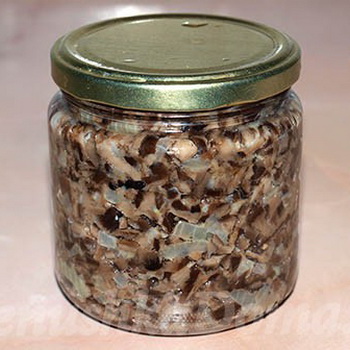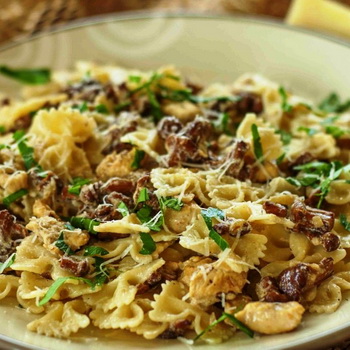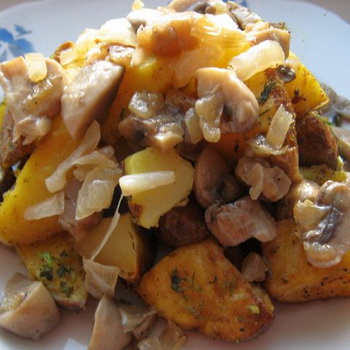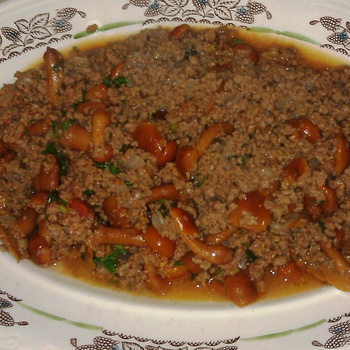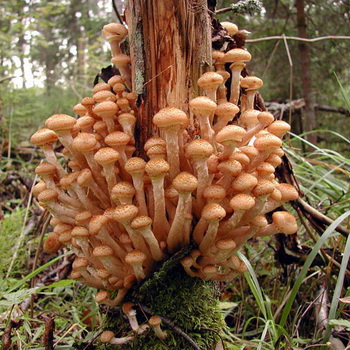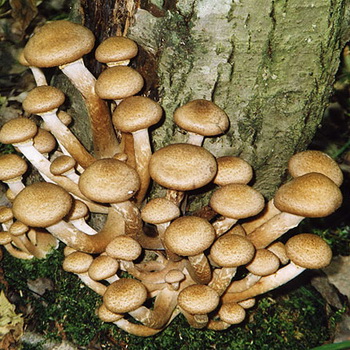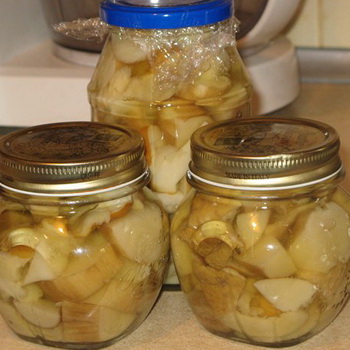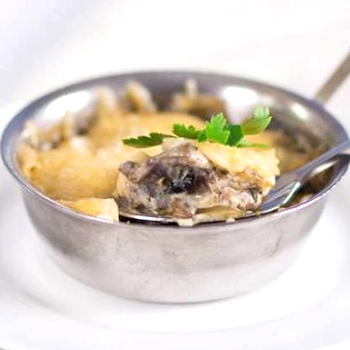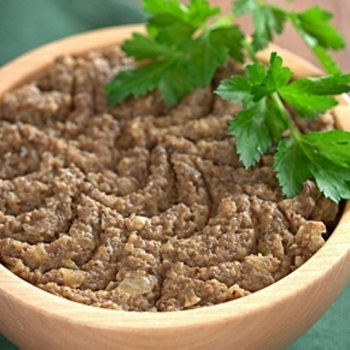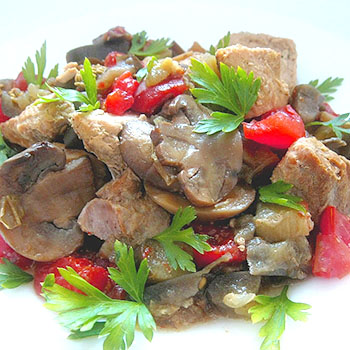Why poisonous mushrooms are dangerous: a description of the most poisonous mushrooms and help with poisoning
 Going on a "mushroom hunt", many think about the danger of poisonous mushrooms. And no wonder, because one and the same type of forest gifts can be a deadly mushroom, and at the same time contain useful substances used in pharmacology.
Going on a "mushroom hunt", many think about the danger of poisonous mushrooms. And no wonder, because one and the same type of forest gifts can be a deadly mushroom, and at the same time contain useful substances used in pharmacology.
This article offers a description of poisonous mushrooms, first aid recommendations for poisoning with poisonous mushrooms, and other useful tips regarding such delicious but sometimes extremely dangerous gifts of the forest.
Residents of different countries or even regions of the same state can relate to the types of mushrooms in completely different ways. For example, some mushroom pickers consider mushrooms to be toadstools and even mark their growing areas with signs “Caution! Poisonous mushrooms ". Although everyone knows that this is a great edible delicacy that is used in many world cuisines. Apparently, the reason is that the most poisonous mushroom - pale toadstool - is very easy to confuse with edible champignon, and this is fraught with severe poisoning.
Most poisonous mushroom: pale toadstool


The pale toadstool is the leader among poisonous and even deadly mushrooms. Poisoning in this case makes itself felt only 8-12 hours after the poison has entered the body.
If a person has eaten a poisonous mushroom, a series of attacks sets in, which are accompanied by severe abdominal pain, vomiting, diarrhea, and cold sweats. The limbs begin to get cold, the pulse slows down, but the victim is still conscious. Death occurs after about two weeks without urgent medical attention.
Amanita mushrooms poison
Amanita poisoning is not so strong and appears after a couple of hours. This is due to the fact that the content of poison in these mushrooms is not as high as in pale toadstools.
The victim begins hallucinations, vomiting, convulsions, diarrhea. Such poisoning is rarely fatal, although it is in the fly agarics that galvelic acid is one of the most dangerous. It is good that this poisonous type of mushroom is easy to identify: on the fly agaric leg, rings are clearly visible, and it itself is bright in color and has a club-shaped thickening with a cover.
Deadly Mushrooms: Poisons and Toxins in Mushrooms
Deadly mushrooms contain poisonous substances, but despite this, they are called conditionally edible. For example, the gyrotomin toxin from the ordinary line is completely removed with careful heat treatment. If the mushrooms are not boiled in boiling water with several water changes, then this toxin will disrupt the natural exchange of amino acids and block the action of vitamin B6, which is vital for humans.
Neurotoxins are a class of mushroom poisons that, as a rule, do not kill, but do a lot of harm. When they enter the human body, they disrupt the transmission of any nerve impulses. Poisoning is accompanied by vomiting, nausea, fever, profuse salivation, headache and weakness. In some cases, visual hallucinations and unpleasant tinnitus may appear. Often, even after the end of treatment, the consequences of poisoning may remain, which are difficult to cope with.


Amanita and Patuillard fiber contain such a dangerous toxin as muscarine, which causes the development of mycoatropin syndrome. But if everyone knows the fly agaric, then Patuillard's fiber can be easily confused with a russula. Its main difference is the protruding hump in the center of the cap. Fiber poisoning begins with minor visual impairments and increased salivation, then diarrhea and vomiting are added, and blood pressure rises. Many mushrooms contain enzymes that are digested by a healthy body.However, if a person has any problems with the intestines or pancreas, then it is not worth taking the risk and trying these types of mushrooms (for example, pigs).
Help with poisoning: what to do if you ate a poisonous mushroom
 Knowing what to do, ate a poisonous mushroom, can save your life and the life of the poisoned one. It is extremely important to know what to do in case of poisoning with poisonous mushrooms, especially when the first symptoms appear.
Knowing what to do, ate a poisonous mushroom, can save your life and the life of the poisoned one. It is extremely important to know what to do in case of poisoning with poisonous mushrooms, especially when the first symptoms appear.
The danger lies in the fact that in most cases the symptoms do not appear immediately, so it is important to take prompt action. The first help for poisoning with poisonous mushrooms will serve as activated charcoal and drinking plenty of water. Laxatives or emetics can also help cleanse the stomach and intestines of toxins. In no case should alcohol be taken: it will only accelerate the absorption of the poison into the bloodstream. If you feel unwell after eating mushrooms, you should immediately seek medical help. And most importantly, do not take mushrooms if you do not know exactly what class they belong to. It is better to bring home a very small harvest, but stay healthy and protect loved ones from the severe consequences of poisoning. If you consider yourself a beginner in the so-called quiet hunt, before going into the forest, carefully study the guide to the types of mushrooms, it is desirable that it contains photographs. Take it with you and use it to check the belonging of the mushroom to a particular group. The most important thing in this matter is awareness and caution.

